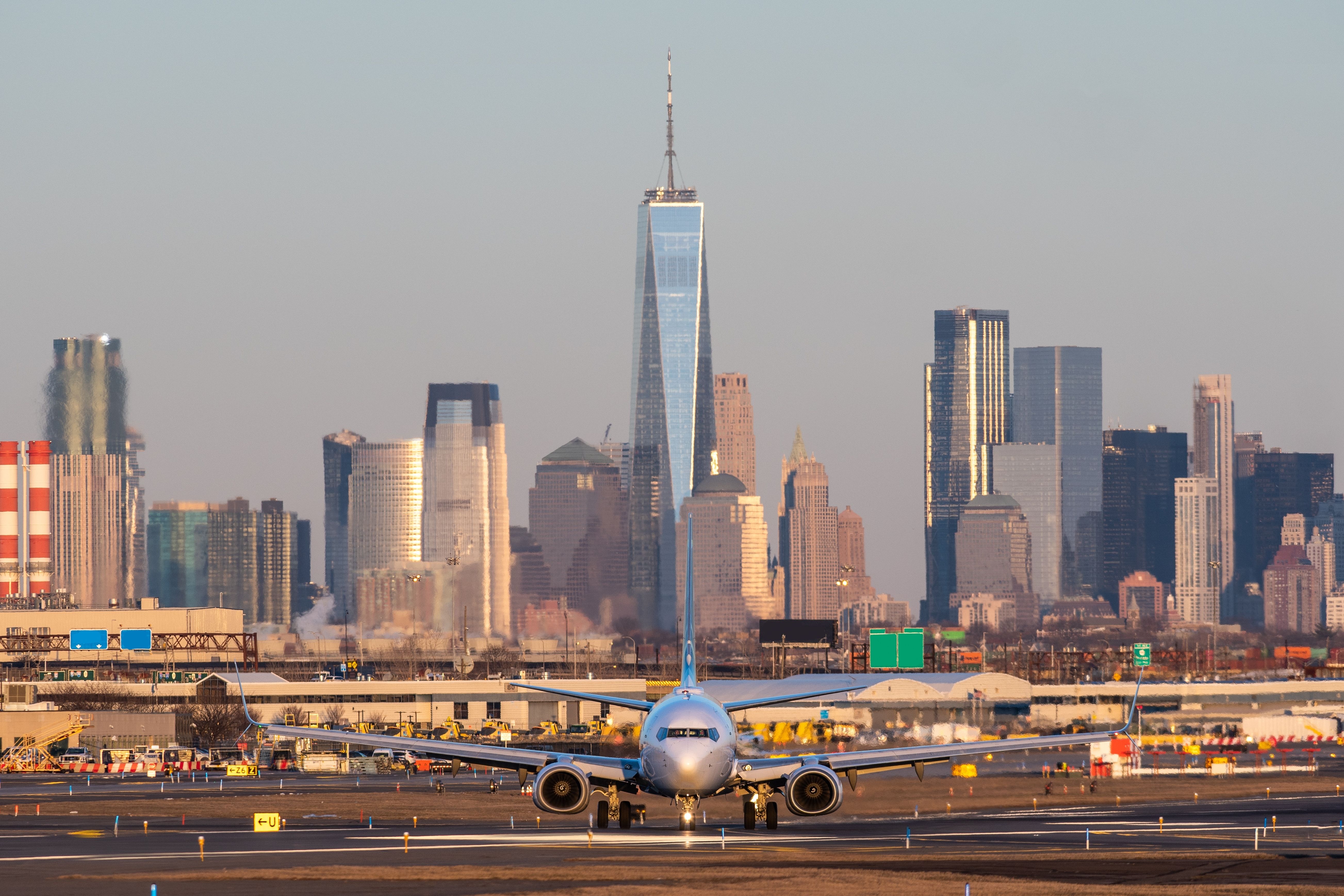Summary Many large cities have multiple major airports or hubs. Each of the three main airports in New York serves a specific purpose. Newark recently opened a new terminal, and JFK is undergoing a $19 billion renovation.
Many large cities are served by several different airports, including the likes of London, Beijing, and Tokyo, to name just a few. While this could complicate travel and connections for some travelers, there is a reason why they exist. The New York area has three primary commercial airports: LaGuardia (LGA), John F.

Kennedy International (JFK), and Newark Liberty International (EWR). All three airports opened at different times and for various reasons, but they continue to serve specific roles for the city that never sleeps. With this in mind, let's take a closer look into why exactly the New York area has so many airports.
Multiple airports in one city New York is far from alone in having multiple airports, as, in the US, cities such as Washington DC, Houston, Chicago, and Los Angeles also have more than one significant hub. The reason for the numerous facilities in New York is somewhat historical and functional. New York Municipal Airport opened in 1929 as a private airfield, but in 1939, due to its proximity to the city, it became a commercial airport.
Love aviation history ? Discover more of our stories here. In 1953, the airport was renamed LaGuardia Airport after the mayor of New York at the time, Fiorello La Guardia. Meanwhile, Newark Liberty International Airport was opened in 1928 under the name Newark Metropolitan Airport.
It was built to be New York's primary aviation gateway, and in the pre-war years, it was considered one of if not the busiest commercial airports in the entire world. Finally, in 1948, JFK Airport opened under the name New York International Airport, primarily to help ease capacity as air traffic expanded. It was also known as Idlewild until 1963.
Expanding an existing airport is challenging, especially when extensive work is necessary. Therefore, building a new airport on open land can be a better option, as embodied by New York's multiple facilities. While New York has three major airports, other smaller facilities also feature regular passenger service.
These include Westchester County Airport, Stewart International, and Long Island MacArthur Airport. They are mainly used for local travelers rather than longer itineraries, although PLAY uses Stewart International for its flights from Iceland, as does Atlantic Airways from the Faroe Islands. Long-haul vs short-haul Even if creating one central airport for New York was an option, it would not make sense, as each of the three main airports serves a specific purpose.
For instance, LaGuardia, the closest to the city, mostly features short to medium-haul flights with smaller aircraft. It can accommodate planes as large as the Boeing 767, with which Delta Air Lines previously operated flights from LaGuardia to Atlanta. Furthermore, LaGuardia airport has a "perimeter rule" that prevents airlines from flying to airports that are located more than 1,500 miles (2,414 kilometers) away.
However, there are two notable exceptions to the rule, with these being flights to Denver International Airport (DEN), as well as any flight operated on Saturdays. Elsewhere, Washington National Airport (DCA) has a similar rule . This is compared with JFK and Newark, which handle larger aircraft on longer routes.
The airports are also set up for many passengers, transfers, and international arrivals. As both airports facilitate many connecting flights, airlines must keep them in the same airport, so Newark is a hub for United Airlines. At the same time, JFK is a hub for Delta Air Lines and American Airlines and a focus city for JetBlue.
New York City is home to almost 8.5 million residents, and it also sees huge numbers of tourists come to visit every year. With these factors in mind, having a choice of airport location is a must.
After all, if all airport traffic moved in the same direction, this would cause consistent traffic jams, inconveniencing travelers. To give an idea of the scale of the operation within New York City area's airspace, in 2023, the airports saw the following passenger numbers: New York John F. Kennedy International Airport - 62 million Newark Liberty International Airport - 49 million LaGuardia Airport - 32 million.
The Big Apple is served by several major hubs. Future plans All three of New York's airports are established commercial powerhouses and have been catering to the robust travel that the city brings for many years. Recently, Newark opened a new Terminal A as part of the airport's modernization plan.
JFK is also going through a $19 billion renovation that will see the construction of a new Terminal 6 and a new Terminal 1, among other aspects. Competition between the area's various commercial airports is also continuing to develop. For instance, in summer 2023, Newark surpassed JFK in terms of the number of European passenger destinations offered, helped largely by United Airlines' ever-increasing transatlantic offering from the airport.
Thanks to recent expansion in Spain, for instance, the carrier now flies between Newark and: Palma de Mallorca (PMI) - summer seasonal Malaga (AGP) - summer seasonal Marid (MAD) Barcelona (BCN) Tenerife South (TFS). United's largest East Coast hub has quite a lot to offer when it comes to international routes. It will certainly be interesting to see how the dynamic between the New York City area's three major airports develops over the coming years, with certain European carriers also now making use of Stewart International for their New York flights.
.



















